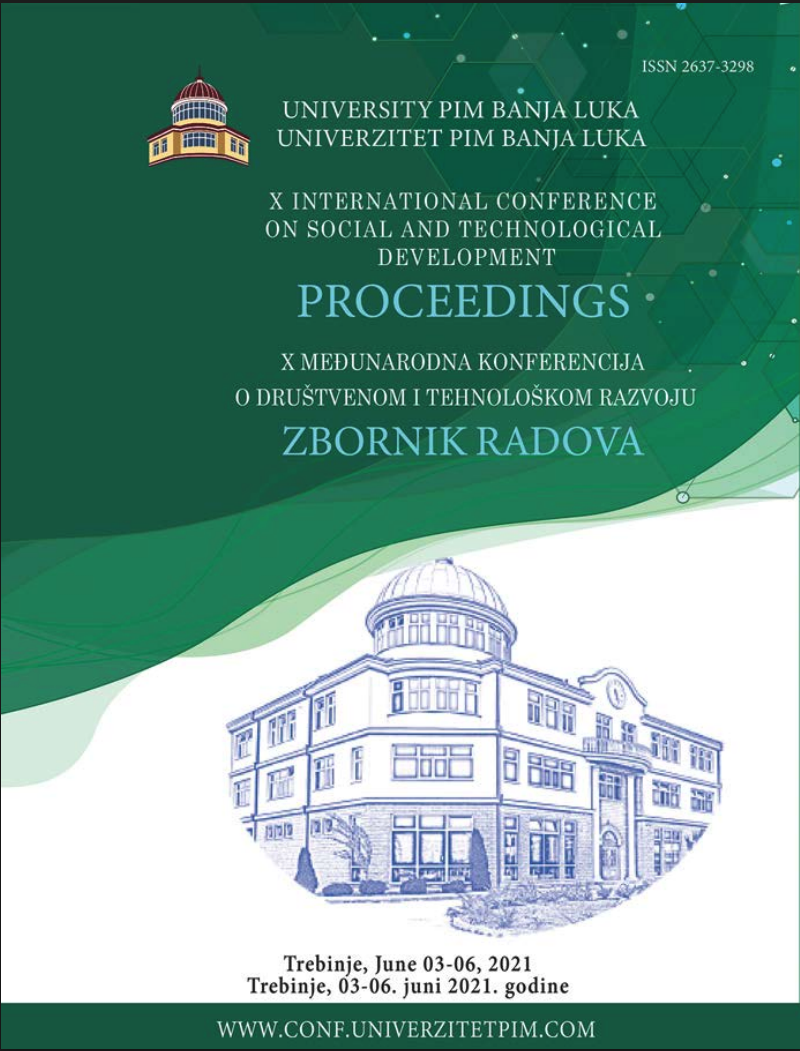
This is an open access article distributed under the Creative Commons Attribution License which permits unrestricted use, distribution, and reproduction in any medium, provided the original work is properly cited.
Institut za javno zdravlje Crne Gore , Podgorica , Montenegro
Prirodno - matematički fakultet, University of Montenegro , Podgorica , Montenegro
Institut za javno zdravlje Crne Gore , Podgorica , Montenegro
Institut za javno zdravlje Crne Gore , Podgorica , Montenegro
Metalurško - tehnološki fakultet, University of Montenegro , Podgorica , Montenegro
Population exposure due to industrially contaminated sites (ICSs) is a global environmental health problem. Pljevlja municipality is one of the “black spots” in Montenegro and well known by pollution influence from several different sources. Agricultural soils in a city of Pljavlja are at the great ecological risk due to the impact of industrial pollutants, such as lead and zinc mine (LZM), coal fired power station (CFPS) and coal mine (CM). This study aimed to present a children health risk assessment of agricultural soil in a vicinity of these three pollution sources for As, Hg, Pb, Cd, Cu, Zn and Cr. Both, non-carcinogenic (for As, Hg, Pb, Cd, Cu, Zn and Cr) and carcinogenic health risk (for As, Cd, Pb and Cr) due to the human exposure to the soil through different exposure pathways were evaluated. The results of non-carcinogenic health risk assessment showed that Cr, Pb, Cd, and As were of concern for children population. Dermal contact was found as the main exposure pathway from LZM soil samples followed by ingestion and inhalation. On the other hand, for CFPS and CM soils, ingestion was the main exposures pathway. The carcinogenic health risk was highly controlled by Cr and As and ingestion is recognized as the main children exposure route.
pollutants, health risk assessment, carcinogenic health risk, non-carcinogenic health risk
The statements, opinions and data contained in the journal are solely those of the individual authors and contributors and not of the publisher and the editor(s). We stay neutral with regard to jurisdictional claims in published maps and institutional affiliations.